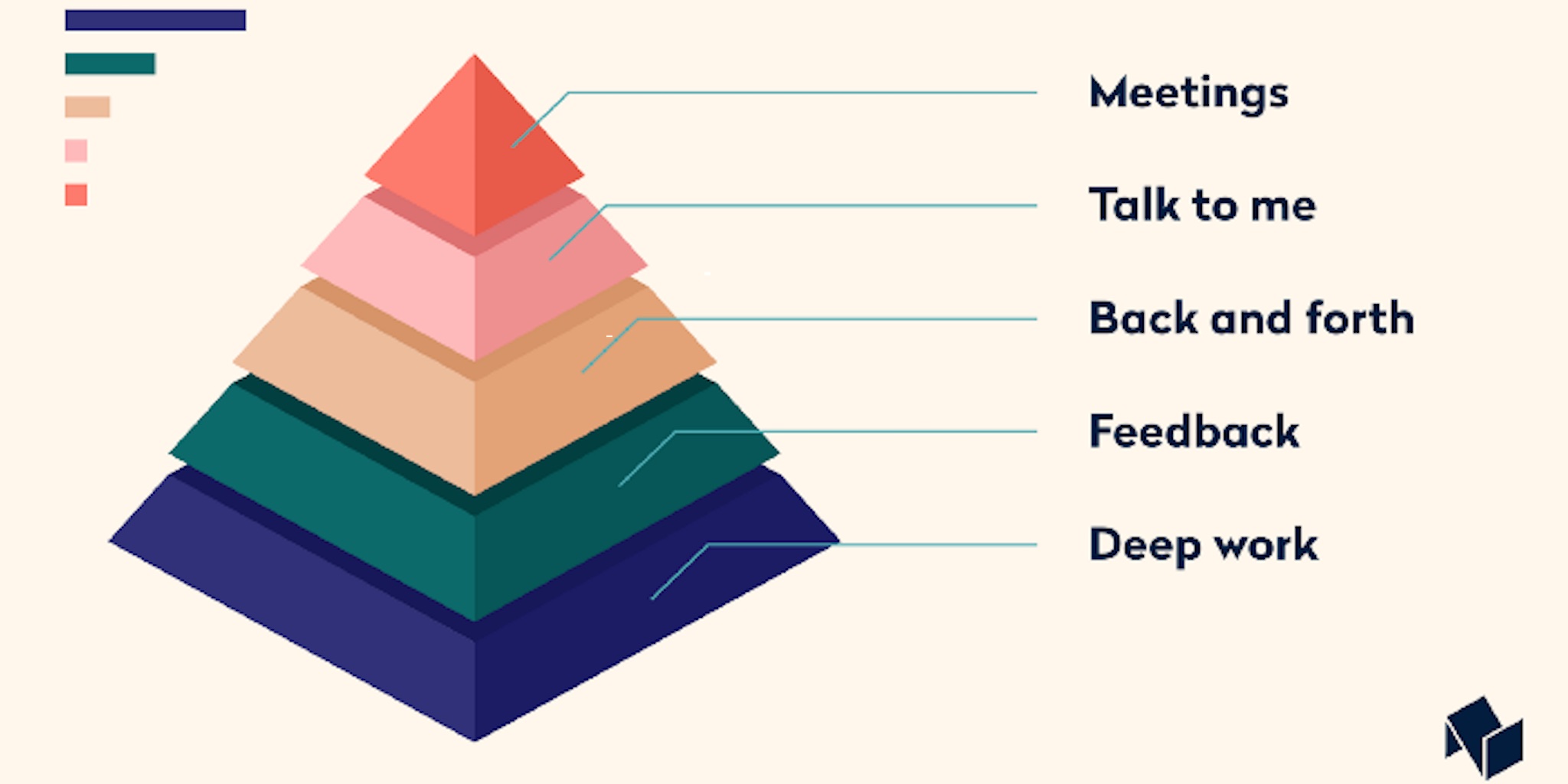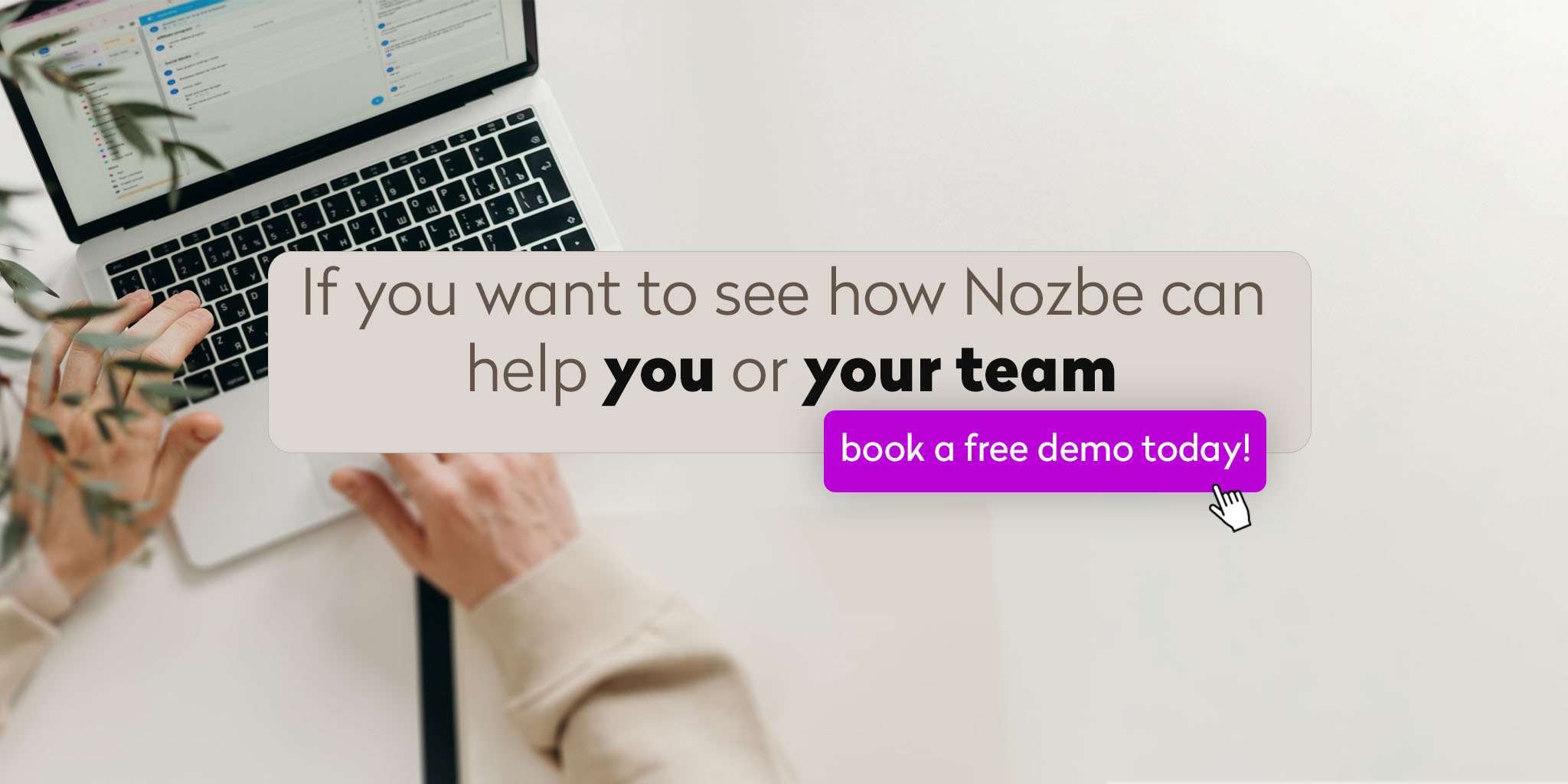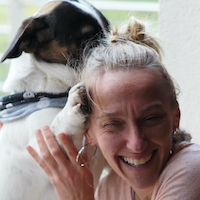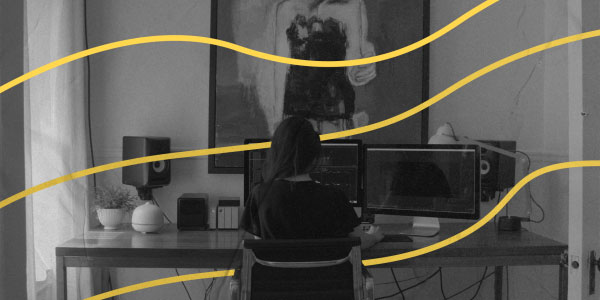
See, how the Nozbe team uses modern technologies to communicate better and get more done.
No matter where your team members currently work from — or where they will work from in the future — these tips will help you improve overall collaboration.
If you’d rather listen to this article, here is something for you:
Communication Pyramid in a nutshell
For some time, our team tried to follow traditional business practices even though we didn’t have any office from the very beginning. We had status meetings, general company video calls and often expected to get feedback right away. We soon realized that copying others doesn’t make us efficient and we looked for the bottlenecks and communication hindrances.
We’ve found out that there are actually 5 levels of communication. They all vary between “highest bandwidth” and “lowest bandwidth.” They are even stronger now in the 21st century as there are applications and technologies that help us communicate way better than before. Let’s explain these levels right now.
Level 1 — The “Deep Work”
This is the core of what we do. In a perfect world we would spend most of our working time at this level. Here we are not interrupted at all. We just focus on our work and once it’s done, we post it to other team members. At this level we communicate through the work that we do.
Level 2 — Feedback Loops
This is where we get our feedback. In a traditional office people would use email for this — you do your work and you email it to someone to ask for feedback. At this level you don’t expect an immediate response to your work. You just want feedback and you want the other person to send it to you at their convenience within a reasonable time frame. You still don’t interrupt but you need the other person’s help. At this level we communicate through feedback.
Level 3 — Direct Messaging
This is where we want our feedback almost right away. Sometimes when you’re about to complete your work, you simply need to speed up and that’s where the quick back-and-forth comes in.
In traditional offices people would just walk over to someone, but thanks to technology we can use direct messaging apps instead. We either use a chat app like Slack or iMessage for this, or we exchange quick and short comments in our team task manager Nozbe. This way we don’t interrupt the other person as much, but we let them know we need their attention pretty soon. This quick interaction helps us get to the finish line faster.
Level 4 — Immediate Feedback
Sometimes just talking is faster when you want to explain the nuance of an idea or demo a feature for someone. Instead of writing a long comment full of explanations, simply show off your work and discuss it in real time. At this level we use voice messaging. In traditional offices people would just use phone calls for this.
At this level we communicate quicker but are still trying to respect the other person’s space. That’s why we first jump on a chat and schedule this call. We avoid interrupting each other by just calling them out of the blue. We want to give the other person time to finish what they are working on.
Level 5 — Meetings
This is where we meet face to face. As the illustration on the top of this page shows, this should be our last resort and not our default level. This is where we meet face to face and are 100% involved in the conversation and the feedback loop. This is where we give and require our full attention to the issue discussed. At this level we communicate very fast but we pay the price for this. That’s why we use this method very sparingly at Nozbe, and only for the meetings we really need.
Thanks to our “pyramid policy” many of the tasks and projects aren’t discussed in our meetings as we manage to iron them out on levels 1-3. We schedule regular meetings and hold them only when they’re really necessary.
There is a reason we call it a pyramid
We call this our “Pyramid of Communication” to reflect how we really want to communicate within our team:
- we want to spend as much time at Level 1 as possible,
- before moving to Level 2 and asking for feedback,
- then moving to Level 3 to iron things out,
- and talking through some things at Level 4,
- then moving to Level 5 to really involve everyone needed.
In an ideal world we would be spending most of our time on Level 1, a little less on Level 2, much less on Level 3 and as little as possible on Levels 4 and 5.
This way we enable everyone on our team to get more done by interrupting them less and getting feedback when really required.
Yes, it’s easier said than done. Luckily there are great applications and technologies that help us set up these levels of communication and we’ll dig deeper into this topic in Michael Sliwinski’s book and…





